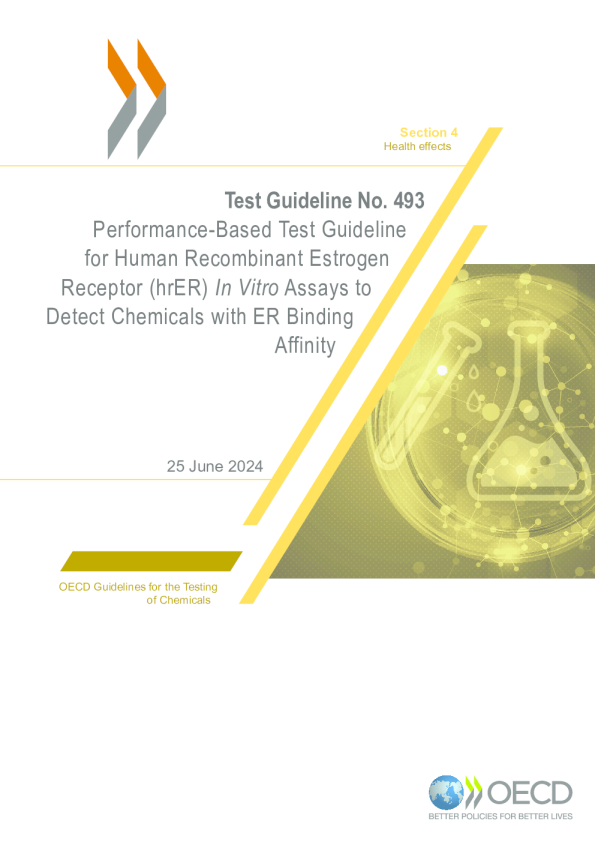第 490 号测试 : 使用胸苷激酶基因进行体外哺乳动物细胞基因突变测试
 AI智能总结
AI智能总结OECD Guidelines for the Testing of Chemicals: In Vitro Mammalian Cell Gene Mutation Tests
Introduction
The OECD Guidelines for the Testing of Chemicals are periodically updated to reflect advancements in science, regulatory requirements, and animal welfare. The guidelines cover various aspects of genetic toxicity testing, including the in vitro mammalian cell gene mutation tests. These tests utilize the thymidine kinase (TK) gene in both mouse (L5178Y) and human (TK6) cell lines to detect gene mutations induced by test chemicals.
Key Aspects
- Purpose: The primary goal is to identify gene mutations induced by test chemicals through forward mutations in the TK gene.
- Cell Lines: Utilizes two cell lines, the L5178Y TK+/--3.7.2C mouse lymphoma cell line (L5178Y) and the TK6 human lymphoblastoid cell line (TK6).
- TK Gene Function: The autosomal and heterozygous nature of the TK gene enables the detection of viable colonies that lack the enzyme due to mutations from TK+/- to TK-/. This deficiency can result from genetic events affecting the TK gene or chromosomal alterations.
- Mutation Classes: Generates two distinct phenotypic classes of TK mutants: normal growing mutants that grow at the same rate as TK heterozygous cells, and slow growing mutants with prolonged doubling times.
- Data Interpretation: Analysis focuses on both slow growing and normal growing mutants to provide insights into the type of damage (mutagen vs. clastogen) induced by the test chemical.
Limitations and Considerations
- Exogenous Metabolic Activation: Requires an external source to mimic in vivo conditions but does not fully replicate them.
- Avoidance of Artifactual Results: Care must be taken to prevent conditions that could lead to false positives, such as pH or osmolality changes, interactions with medium components, or excessive cytotoxicity.
- Specific Adaptations for Nanomaterials: Special considerations apply for manufactured nanomaterials but are not detailed within the guidelines.
- Mixture Testing: Requires consideration of whether the test provides adequate results for the intended regulatory purpose when testing mixtures.
Conclusion
The OECD Guidelines for the Testing of Chemicals: In Vitro Mammalian Cell Gene Mutation Tests outline a systematic approach to assess the genetic toxicity of chemicals through the use of the TK gene in both mouse and human cell lines. The guidelines emphasize the importance of considering the specific limitations and considerations when conducting these tests, ensuring accurate and reliable data for regulatory purposes.


